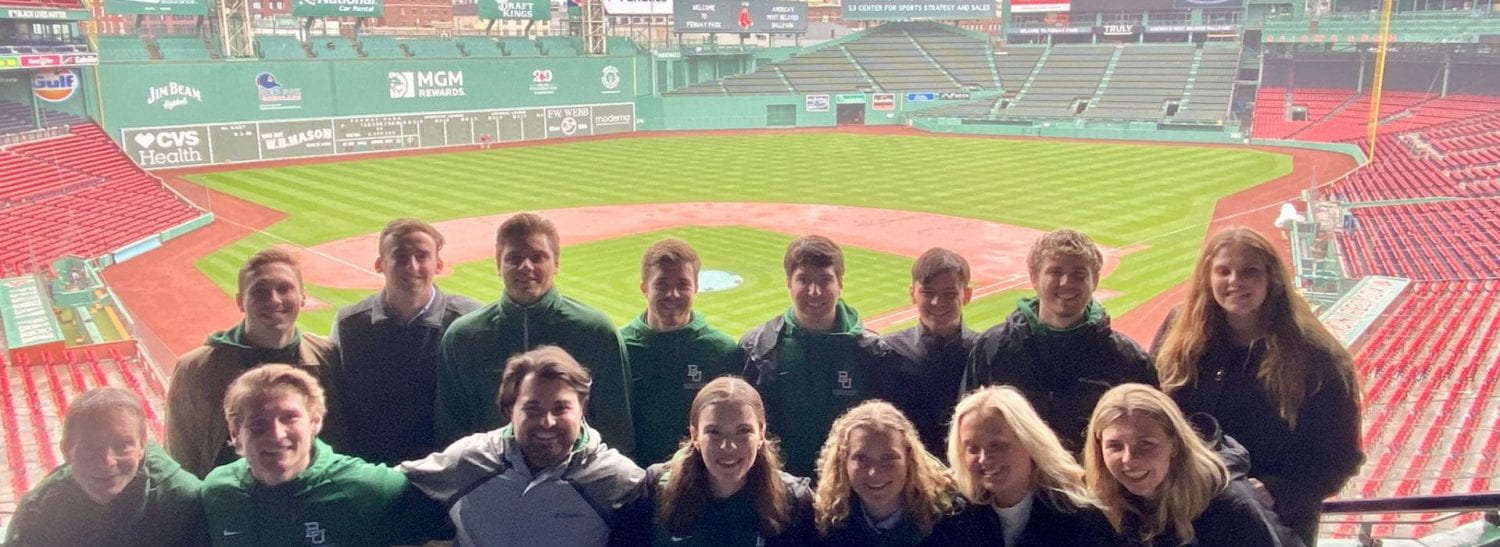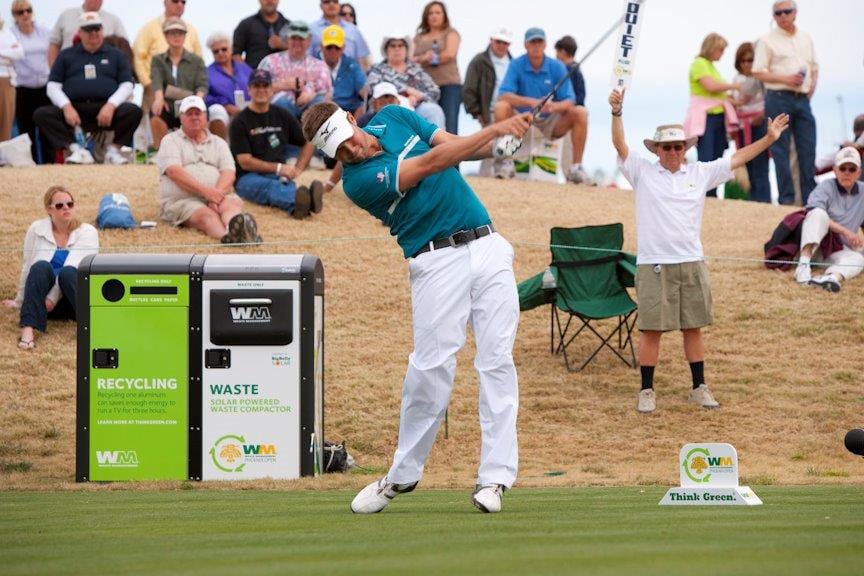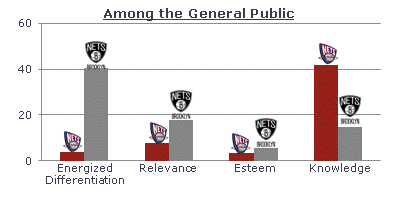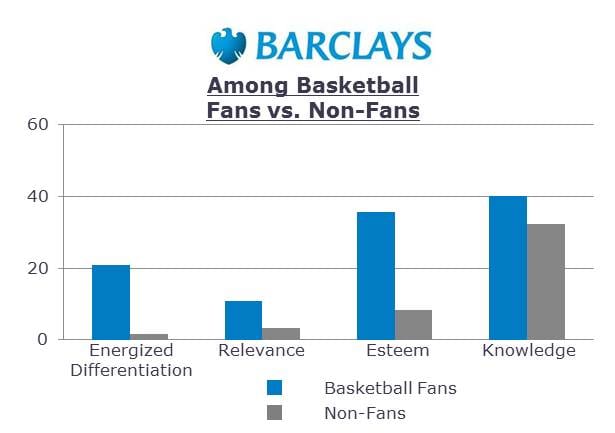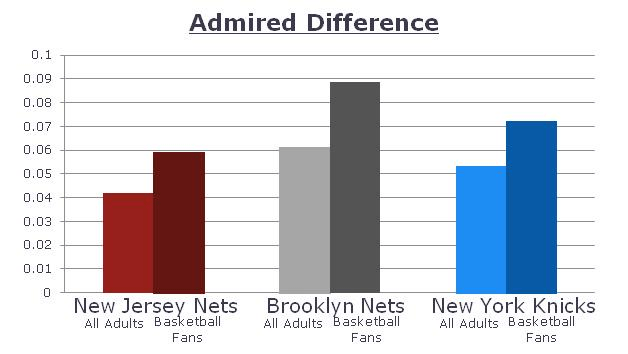by Jose Lozano – May 2015
It’s not news that traditional advertising reaches fewer people and fails to cut through the ever-increasing noise in our daily lives due to the fragmentation of the media ecosystem and, for those of us willing to admit it, an ever-shortening attention span.
A silver lining for marketers is that sports marketing offers a unique opportunity to engage consumers around a common and, in many cases, deep passion. But simply opening the checkbook and sending your brand’s logo in various file formats to your local team’s marketing department isn’t the answer. Sports partnerships forge a deeper relationship than mere sponsorships by delivering benefit around agreed-upon business objectives that create value for both parties. So what can brands do to ensure they approach a sports marketing opportunity as a true partnership?
What makes a true partnership?
Establish KPIs & stick to them
First, do your homework before signing a contract. It’s critical to identify the primary business objectives and Key Performance Indicators (KPIs) upon which success will be determined. Having a clear understanding of what matters most about your brand to your target audience will help you negotiate the assets and activation opportunities that will create true engagement. In too many cases a brand aligns with the CEO’s alma mater or favorite team that may not resonate with the people you’re trying to influence.
Integrate with the annual marketing plan
Once you’ve inked the deal, support the partnership with the full power of your annual marketing plan. Identify all potential channels that can effectively deliver the message you’d like consumers to play back, especially broadcast and social media. Don’t forget to include and leverage your internal audiences, from front line employees to the C-Suite. This will help ensure universal buy-in and support from all stakeholders within the organization.
Think omni-channel
Signing the deal isn’t the hard part. Negotiating the partnership cost and assets is just the beginning. Set aside adequate budget and resources to bring the partnership to life via on-site and multi-channel activation. Otherwise you’ll be treating the opportunity like a sponsorship (not a partnership) and will leave most of the potential value on the table.
Engage

Once the partnership is active, engage! Your brand’s involvement and support will demonstrate you care about the team and its success. Create and distribute content that links your brand to the team, thereby leveraging fan affinity and giving consumers another reason to care about your brand. Look for ways to authentically engage fans in interactive experiences that leave clear memories they will want to share with others.
Measure
Finally, take the time to periodically measure, refine and optimize the partnership. Building in flexibility during the initial contract negotiation will allow you to enhance and extend the elements that deliver value to the bottom line and eliminate those that do little to move the needle. In true partnerships, both the property and the brand care about delivering measurable success consistent with the KPIs established at the onset.
